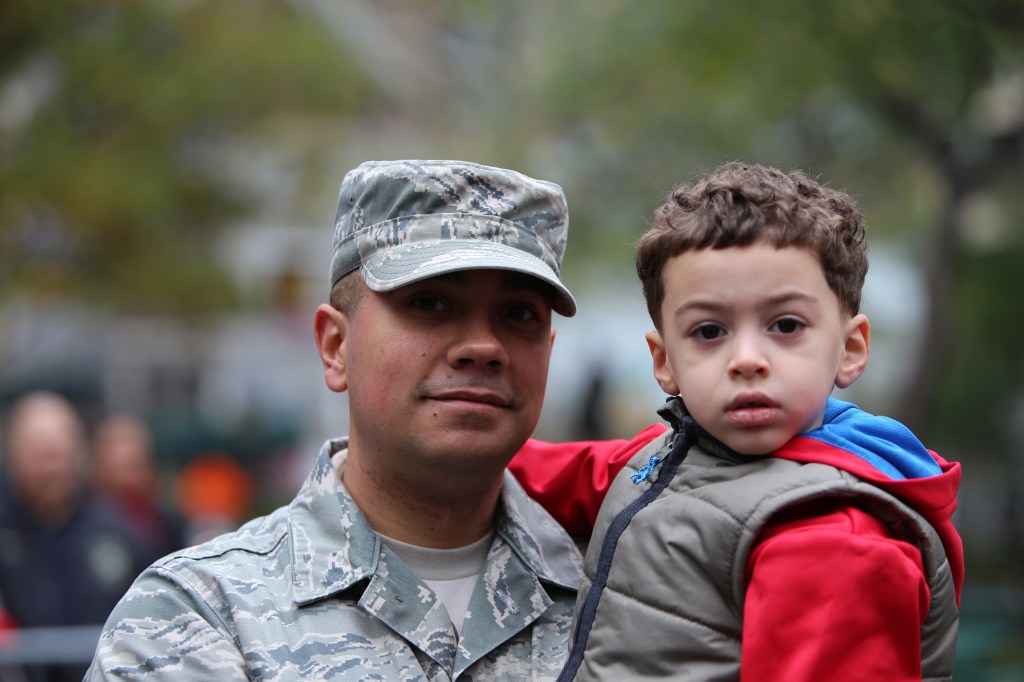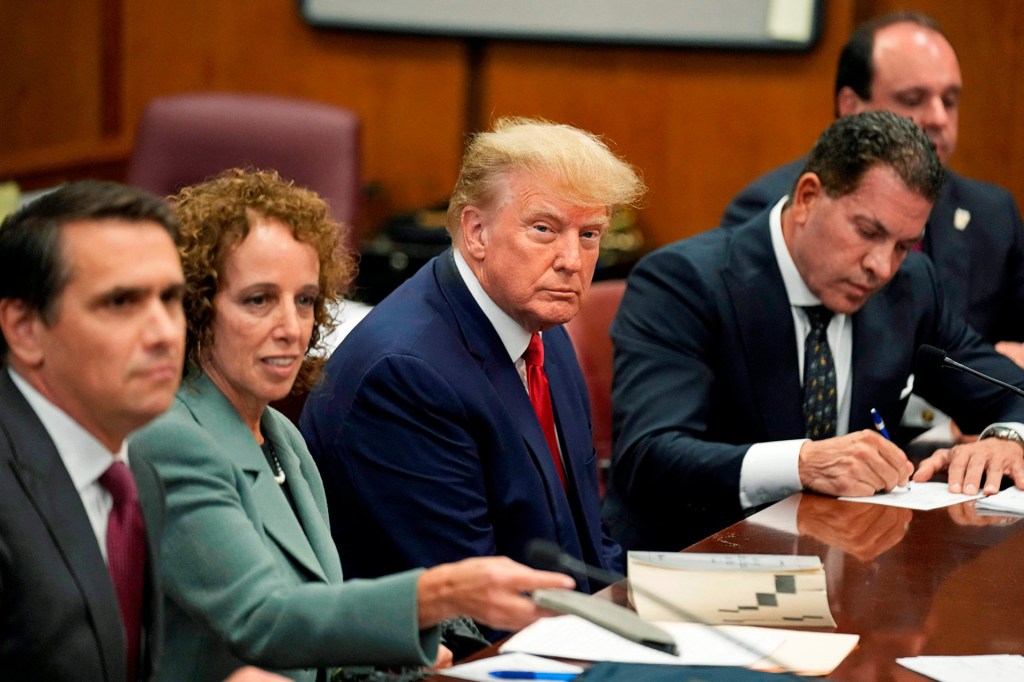Chasing Greatness

One morning last fall, about 60 NBA scouts were sitting in the stands of a giant new sports facility in Atlanta, Georgia. On the court, coaches led players through NBA-style drills. The scouts whispered to one another about which players they were excited to see.
It was “pro day” for Overtime Elite (OTE), a new basketball league in which the stars are between 16 and 19 years old. The league is run by Overtime, a digital sports-media company. It promises to pay its teen players a six-figure salary
salary
 TAB1962—GETTY IMAGE
an amount of money regularly paid to an employee
(noun)
With her increased salary, Roberta can afford a bigger house.
while preparing them for a career in the NBA.
TAB1962—GETTY IMAGE
an amount of money regularly paid to an employee
(noun)
With her increased salary, Roberta can afford a bigger house.
while preparing them for a career in the NBA.
“For us to be able to evaluate [the players] now and see their growth over time, that’s the key,” Anton Marchand says. He’s a scout for the Cleveland Cavaliers. “It’s a pro environment.”
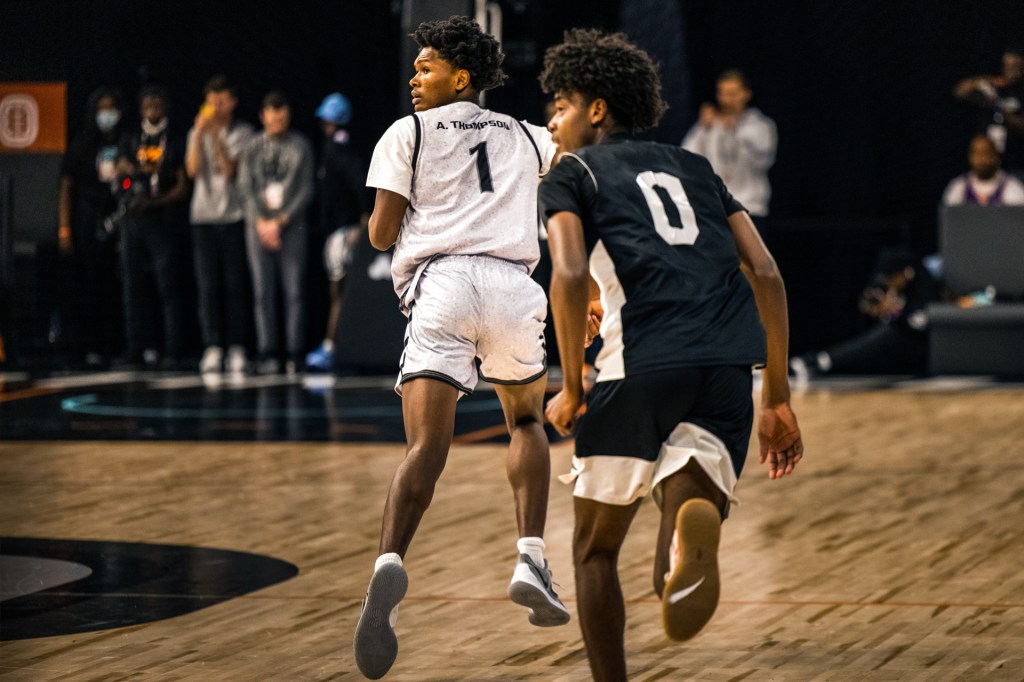
TOP TALENT Amen Thompson (left) is an OTE player who scouts say has a good shot at making it to the NBA.
ANDREW HETHERINGTON FOR TIMEBut these kids are taking a risk. Because OTE players are paid, they’re considered professionals. That means they’re not eligible to play college basketball, a proven path to educational benefits and the NBA. But if an OTE player does not make it to the NBA or another pro league, Overtime says it will contribute $100,000 toward that student’s college education.
“You can’t beat that,” says Bryson Warren, a player for the league.
A New Model
For some people, the OTE deal sounds almost too good to be true. Leagues like OTE don’t often succeed. And OTE won’t succeed unless it produces NBA draft picks.
Overtime makes much of its money through social media. It posts videos and other content to attract followers. Dan Porter is CEO. He says OTE’s opening games, in October, generated 23 million views and nearly 9 million engagements on social media. The company now has 50 million followers across Instagram, TikTok, and other platforms. Five years from now, it expects to make as much as $300 million a year.
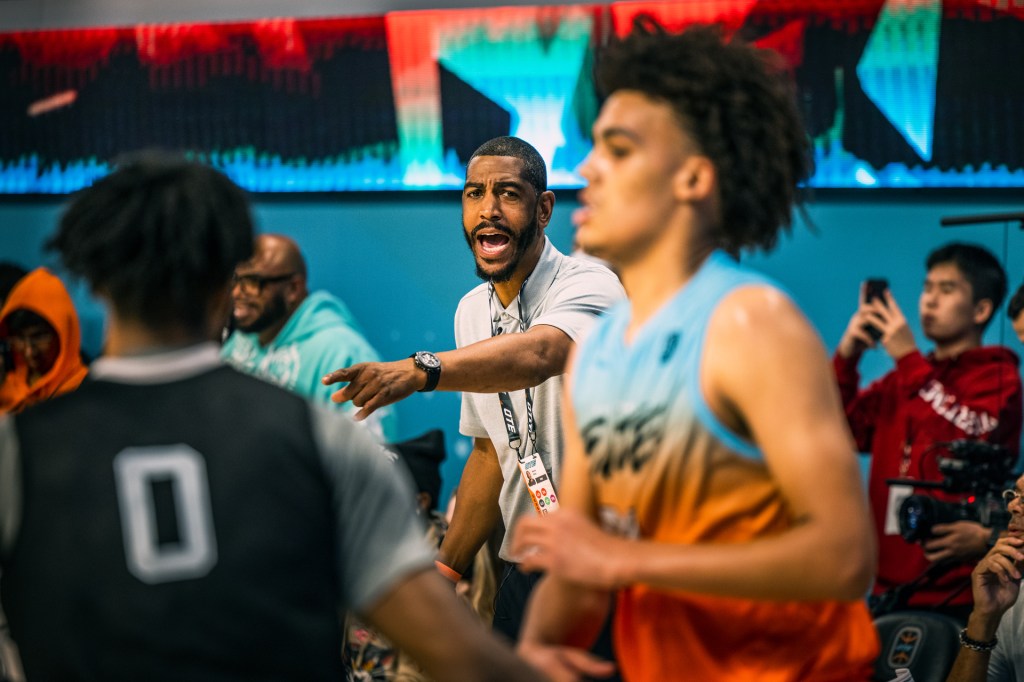
TEAM EFFORT Kevin Ollie, OTE head coach, directs players on the court. He is a former college-basketball coach.
ANDREW HETHERINGTON FOR TIMEPorter says young people are less interested in watching sports on TV. They want stories, personalities, and highlights on demand, on their mobile devices. “If you are an ESPN or a traditional publisher, you can’t appeal to a young audience with a bunch of traditional sports programming,” he says.
Future−Focused
At the OTE facility, scouts had their eye on two players in particular: Amen and Ausar Thompson. The six-foot-seven twins came from Florida. They skipped their senior year of high school to join OTE. They also turned down college scholarships. “It’s like we’re getting to fast-forward their dreams,” says their father, Troy Thompson.
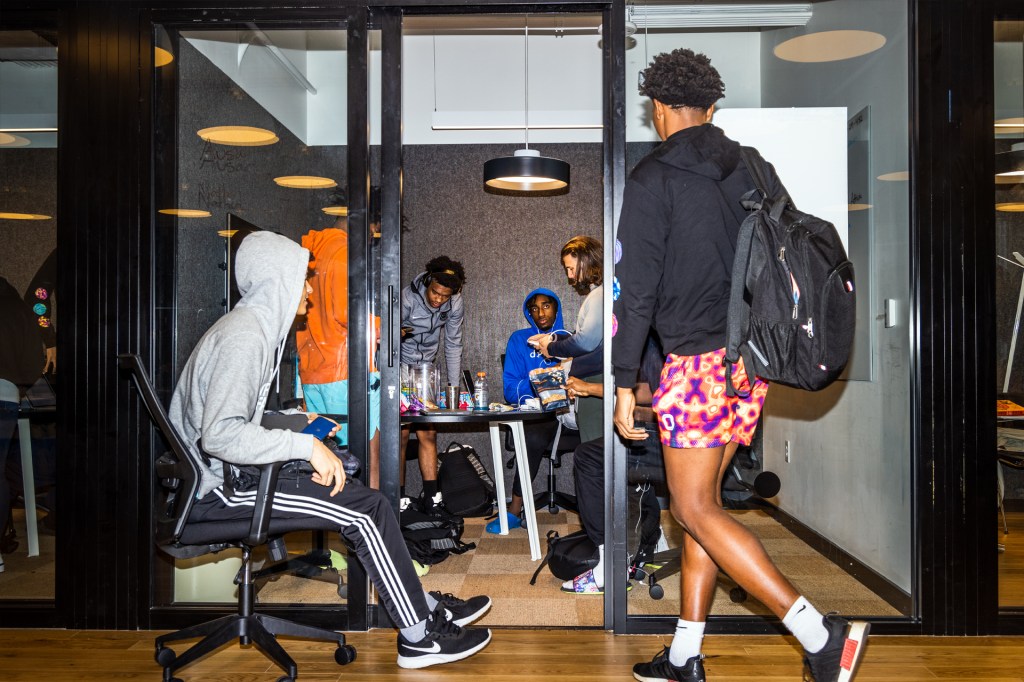
GOING TO SCHOOL OTE players attend class early in the day, before reporting for basketball practice.
ANDREW HETHERINGTON FOR TIMEIt’s not all basketball at OTE. Players also spend a few hours each day in school. The league has hired teachers so teens can earn their high school diplomas. Marcus Harden works in academics for OTE. He says the league “would be negligent
negligent
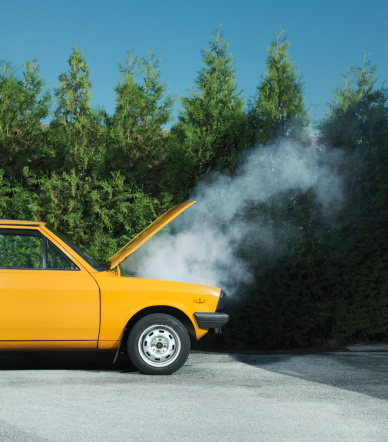 HENRIK WEIS—GETTY IMAGES
careless
(adjective)
My car broke down because I was negligent about keeping up on repairs.
” if players left without an education.
HENRIK WEIS—GETTY IMAGES
careless
(adjective)
My car broke down because I was negligent about keeping up on repairs.
” if players left without an education.
Amen and Ausar say they’ve thought about backup careers. They could become sports commentators. But that can wait. When asked where they see themselves in the future, neither brother hesitates. Nor do the other OTE players. “The NBA.”





